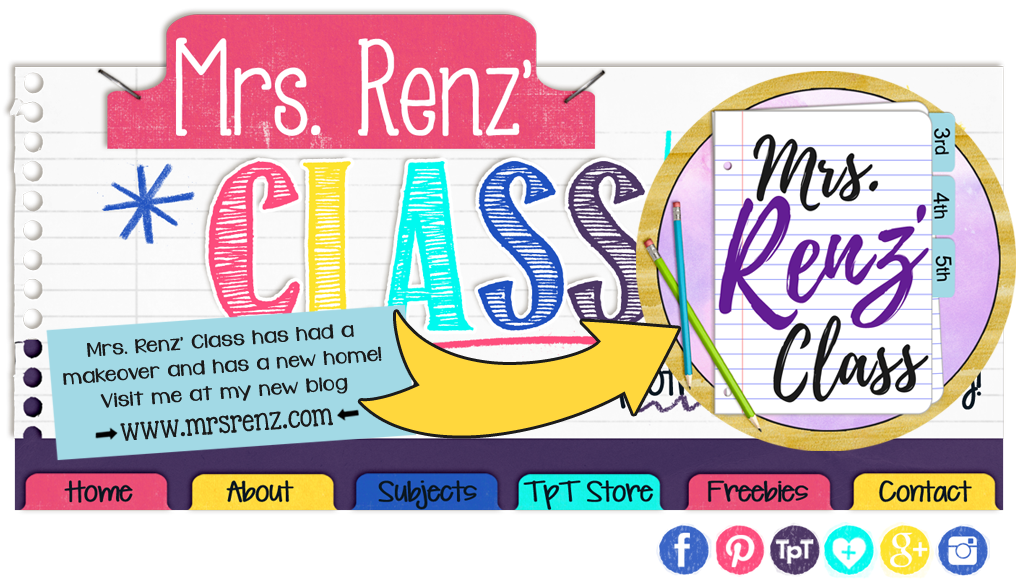Students won't have to ask you when they're ever going to use this if you teach real world math skills. One of the best ways to connect learning with real life is to have students be immersed in using the skills in your class. Integrate the real world into your curriculum.
If you don't already, consider using a classroom economy. It will all year with your grades 3, 4, and 5 students and you can teach all kinds of math and real life skills. Students can earn checking and savings account privileges, and earn classroom cash for doing their job as a student. Students earn money then pay this classroom bills. They can rent their cubby, locker, desk, chair, pay a classroom library fee, and they also pay their income taxes on April 15th! Doing this, your students will really understand the pain of paying their taxes because they've lived in your classroom.
Students can also learn about supply and demand as they participate in auctions you hold throughout the year. These are important to teach lessons in spending vs. saving. These life lessons can be learned without you even saying a word. Student will get it because they've LIVED it!
In the beginning of school year, have your students learn about balancing a check ledger. Yes, 4th graders can do this! They will think it's pretty cool and if they can prove they can successfully add and subtract decimals to balance the check ledger, allow them to earn their own check book. Boy, talk about motivation! Just pass out the first real looking check book and you have your class hooked! By teaching about decimals, you're secretly checking student understanding of subtracting and place value concepts. You can accomplish two things: You check student understanding of decimal adding and subtracting and see how students persevere (or not). This lets you know who to cheer on and which students you can encourage to soar.
*Teacher Tip: Ask your local bank to see if they will donate real looking checkbooks! Many banks are committed to community service and will gladly help you put student checks into your students' hands. Our local Bank of America donated these sample checks and plastic checkbook covers to our 4th grade classroom.
Students pay fines and buy items with their checking accounts (or they can use cash) - it's their choice.
Classroom bankers must show competency with decimals because they handle all classroom transactions once they are "hired." Let any willing and eager student take the banker test at the beginning of the year, and have your top two highest scoring students earn the job of bank president and vice president. If a student doesn't pass the banker test on the first go-round, allow them to have another chance to take the test. Students will be so motivated to get a job as a classroom banker, that they will work extra to make sure they pass the test. You'll be surprised by the motivation that you get out of students of ALL abilities. Some of my students even studied on their own at home to get their job!!
I think it's motivating for students to be paid weekly. The more they interact with and handle money transactions, the better because they're doing more math! Your banker workers should earn a salary and be paid by the bank president and bank vice-president (they share the job or ask bank managers to help out). My student bankers sat at the classroom bank and used it as their desk on the day(s) they were on duty. I found this old desk that was being discarded, took it home, and painted it during the summer. Students LOVED it. They told me the slot should be made into an ATM so I stenciled the words ATM on later.
And now for the secret recipe: Release the control and you will be in more control! Let your students run everything about your classroom economy. They can do it! You will love not having to manage this program and students will be more than willing to do the work so why not let them?
When students need to know words related to financial literacy, be sure to help them learn by posting definitions and visuals on your math word wall. The language of math needs to be taught methodically, just as reading vocabulary needs to be taught. You will find that students refer to your word wall all throughout the day.
Use the words in everyday conversation where you can. Connect with the words when you see them in movies, videos, magazines, newspaper, and through current events.
Students easily can reference these posters that are also included as PowerPoint slides so you can rearrange the PPT slides and teach the words when you need them. Students need to see a visual and example to help the concepts "stick."
Students love typing and printing these editable checks. Your bankers can easily type student names and the amount earned, then print and cut the check apart. See them on my TpT site:
Editable PDF checks, click HERE.
Teach math through everyday life and you won't have to hear, "When are we ever going to use this?"





















